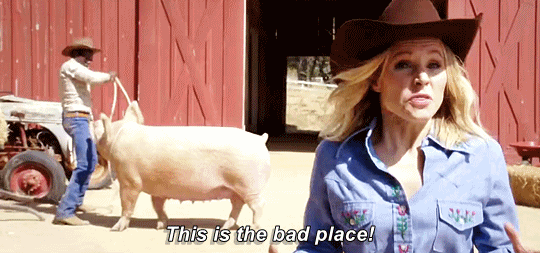NYFF Coverage: The Irishman Review
It’s kind of unfair to compare this film to anything else going into theaters this year. Between being the first Italian Mob film Scorsese has made in over twenty years, and what seems to be impossible to cast, I feel a sense of guilt when comparing this film to the films released this year. It would be like if I went to Post Malone concert and had a good time, but the next night I went to a Rolling Stones reunion concert where David Bowie somehow was touring with them. It is hard to compare the two because even if they are on par with each other, one will inevitably feel more special.
The anxiety about this film has spread through the film community in an almost toxic way. With two aspects of the film being large red flags of concern, the first of which is the CGI and de-aging of main characters. I will say the first time we go from old to young Robert De Niro and Joe Pesci; it is a bit jarring. But as the film progresses, you kind of forget that it is even a thing. By the time that Al Pacino had entered the story, I was struggling to tell if what was CGI or just great make-up work. Which is a statement on how engaging the story is, where I just ended up getting lost what and who these characters are that I stopped caring about what their appearances were. I will say it is strange to see Robert De Niro and Bobby Cannavale in a scene together where Robert De Niro plays the much younger character. But that isn’t on the film per se and more so that I know for a fact that Robert De Niro is a much older guy.
The second issue was addressed in the previous point, and that being the fact that this film is almost four hours long. Which is long, and I recently have found mass displeasure for a long film. I saw this film at 8 PM and almost planned my eating and drinking schedule around it so that I wouldn’t have to use the bathroom during the absurd runtime. I will also say though, that Scorsese is easily in the top three greatest filmmakers working today, if not the number one. Maybe you disagree with that statement and think of another director as someone whose films you relate to more, whether that be Spielberg, Tarantino, or the Coen Brothers. All valid filmmakers to admire, but I will say straight up that Scorses is the only one of those that made an almost four-hour film breeze. Not only that but the film is packed full of themes and ideas that it makes the 3.5-hour long runtime feel warranted. Schindler’s List is a perfect film that feels long, The Hateful Eight feels long, this film never felt long. If Scorsese has a definitive talent, it isn’t violence, gangster movies, anti-heroes or anything like that. If Scorsese is good at one thing and one thing only, it’s pacing. And I feel like this film cements him as the best director to work with the idea of pacing since maybe King Vidor.
And although I sing high praise for the film, that isn’t to say that I think all will love this film — quite the contrary. Among the massive amounts of themes and philosophies explored in the film, one of them is centered around Male Friendship and the Power Dynamic between Men. One theory in cinema that I’ve rattled around for a few years is the idea of an audience and which the filmmaker is targeting. There are certain films that I believe specific demographics won’t be able to relate to or fully enjoy. Thee example that I typically bring up when discussing this is Marielle Heller’s Diary of a Teenage Girl. A film that is so specifically about the trials of a young girl growing into her sexuality that I had no way of relating to the film and subsequently did not enjoy the film. Is that film bad? No! By no means, I recommend it to my friends very frequently. It is a wonderfully made film. It just isn’t made for me. Which brings us back to The Irishman, a film that is made for masculine white guys, and preferably older masculine white guys.
Throughout the film, there are two people of color, and there are only two female characters for the most part. The two characters being Josephine Hoffa, played wonderfully by Welker White, and Peggy Sheeran played in part by Anna Paquin. Welker White has a fair amount of lines and has one pivotal and vitally scene, especially for a character listed probably ten lines down in the call sheet. And Anna Paquin’s role might be the most important in the film, but Anna Paquin has I think one line in the entire movie. And giving Paquin credit, she fucking nails that line. But I was hoping to see more of her. But as I slept on it, I began to think that maybe that line is all we needed. Afterall, Paquin’s character is emotionally damaged, and her silence speaks to that. Her choosing not to talk is the point and shows the shortcomings in De Niro’s character. Because although this film is made for older masculine white guys, the film is also a critique of their lifestyles.
Everything in this film is masterfully done. I feel like it would be treading water to go down the list of everything that is explored to a masterful degree. You can tell that everyone involved wanted to give the best product possible. And although the film will undoubtedly be a talking point when it comes out, I think the film is terrific, and I had a fantastic time with it.




















